Day 5 of our Mystery Cruise found us in the small city of Grein.

Grein, which is derived from the word “grine” meaning “whining”, “moaning” or “orying”, was first mentioned in records of 1147. The “whining” refers to sailors who had to pass the whirls (rapids) in the river of Grein and were in fear of their lives. For centuries the guides of Grein have led ships and rafts through the dangerous crossings. This defined the identity of the place and ensured its prosperity. In 1215 it was described as a market place and in 1491 Grein was raised to the status of a town by Emperor Friedrich II. By the middle of the 18th century Grein experienced a time of economic prosperity. In the time of summer resorts around 1900 the town experienced a new upturn and became a magnet for guests who longed for relaxation in the charming Danube Region of Grein.
We did a short walking tour through the City, not much really to see, but enjoyable.

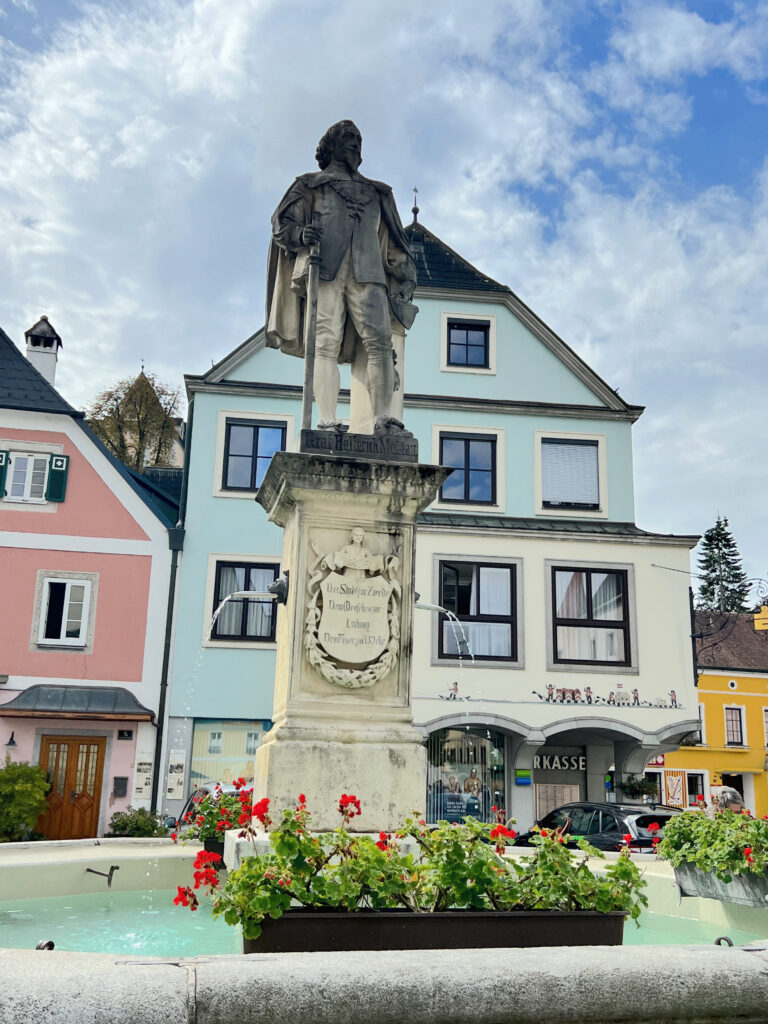


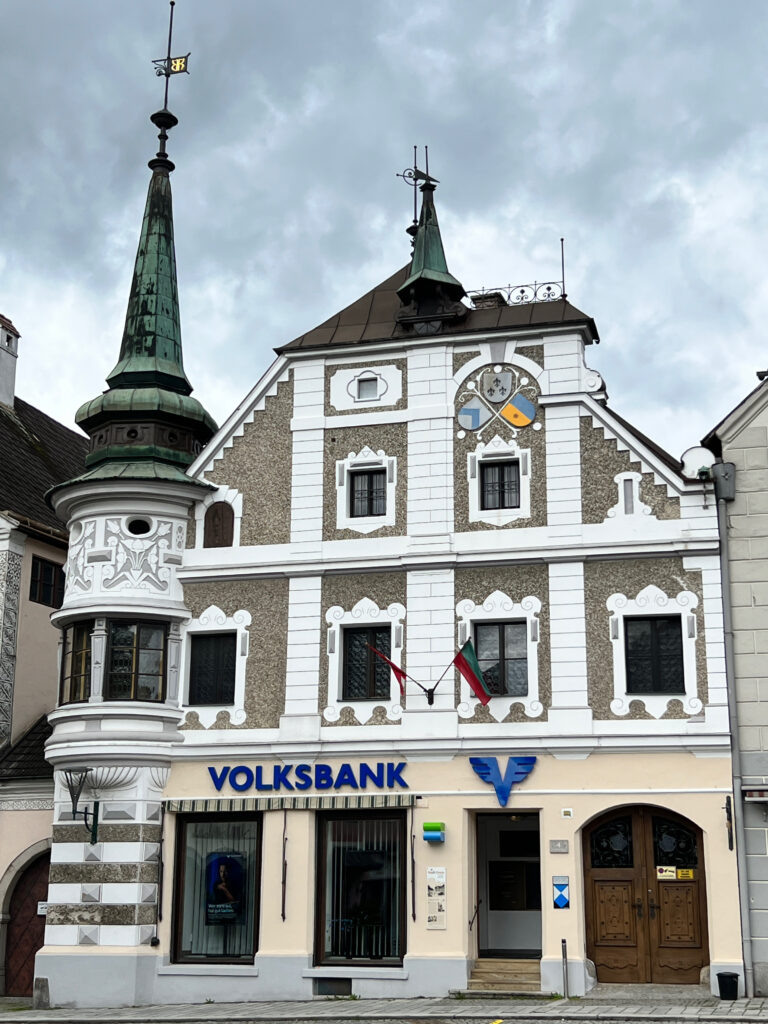
We popped into the local Church for a quick visit and then off to the oldest theatre in all of Austria.


Further there is the oldest theatre in all of Austria located in the city and built by the unknown statue above.

The theatre in Grein is the oldest town theatre of Austria and was installed in the vacant granary of the old town hall in 1791. Since the stage was established, it had a lively theatre tradition. The oldest preserved playbill is from 1793 with “baker master Kasper!” in the leading role. From the beginning professional groups appeared on stage next to the theatre loving inhabitants of Grein (amateurs).


And during the 19th century next to the usual travelling theater also large ensembles from Vienna and Germany performed. In the 1920s the town theatre was threatened by the idea of a cinema. Since 1992 there exists once and today the renovated theatre is open all year to professional ensembles and amateur groups.
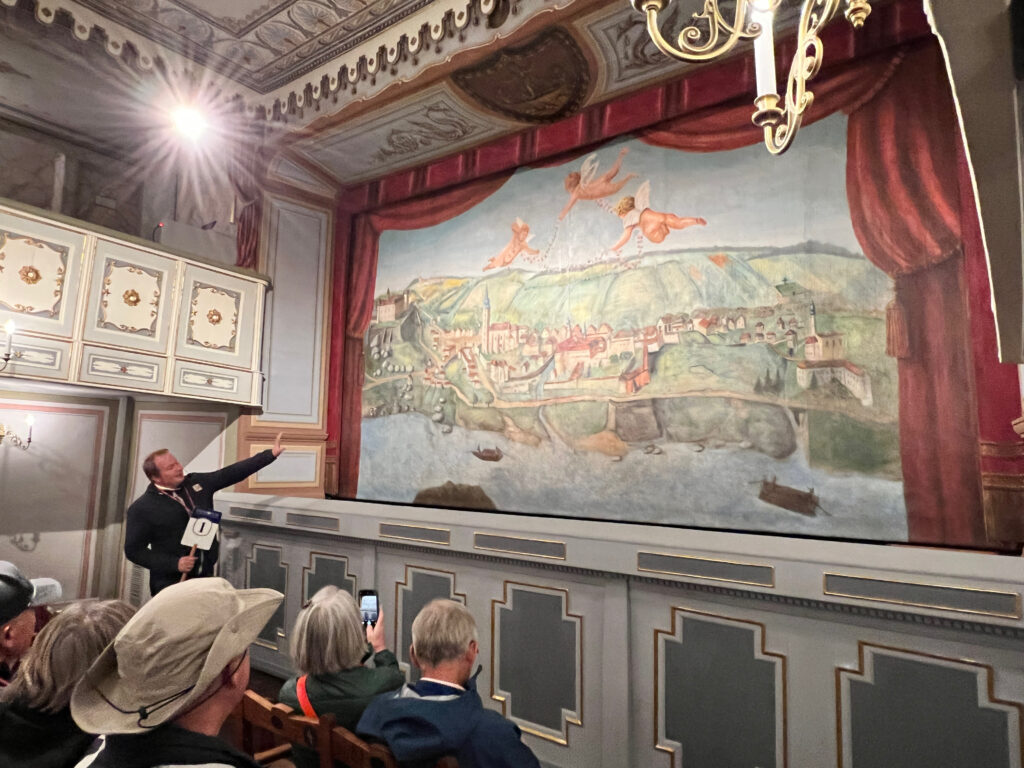
Martin, our tour guide, is a schoolteacher, and recommended the book, Danubia, as a history of the area.





When we got back to the boat, we had the chance to learn how to yodel! It was an fun experience for those who participated – we didn’t.


After dinner, we climbed aboard the busses for a quick trip back in history. It was our evening with the Count. As we approached the Castle, it was clear this place had been around for a while. It seems the earliest written records mentioning the castle date back to 1149. In those days it was a massive fortress with two towers each measuring over 40 meters high. These impressive structures are in fact still part of the castle’s present-day form.

With powers shifting rampantly and constant political intrigues, it was common practice in the Middle Ages for the ownership of castles to change frequently. These transitions naturally inspired new phases of construction. However, when the forefathers of the Counts of Clam finally arrived and took over in 1454, they brought more stability to the castle and the surrounding lands.



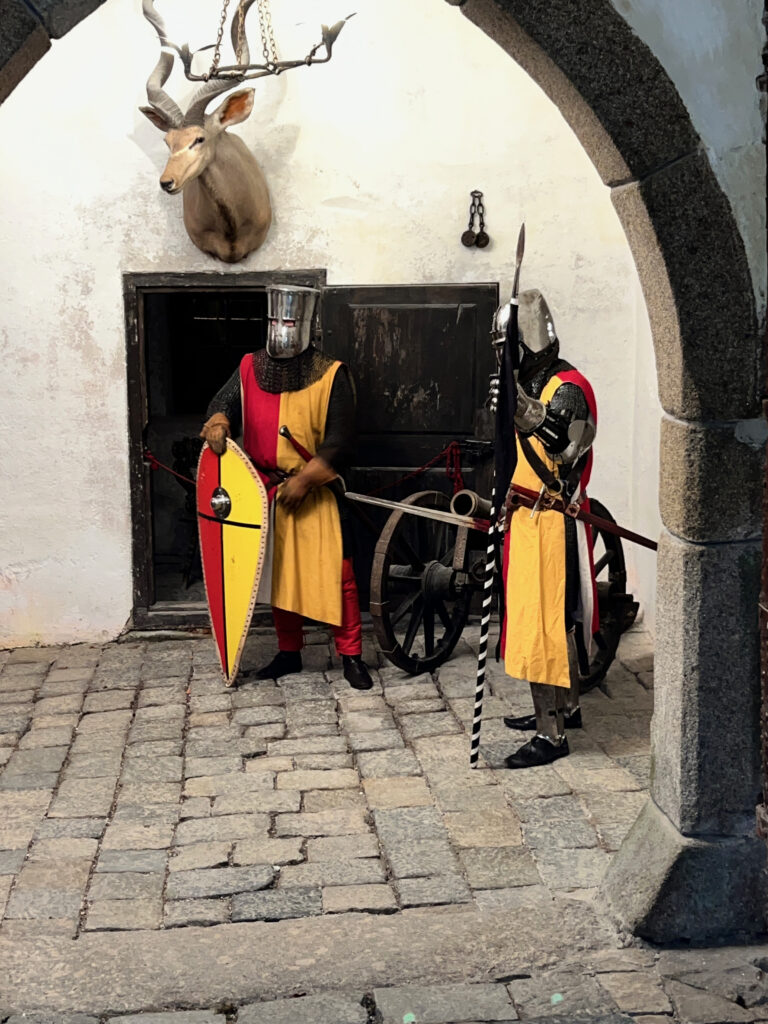
During the 30 year-war the Clam family had their own private army to defend the castle. In these times of turmoil and revolts Clam village also suffered a lot and was burned down several times. Clam Castle was besieged many times but no hostile troops ever managed to capture the castle. However, in the mid 17th century when the war was over, the castle was in a very bad condition.



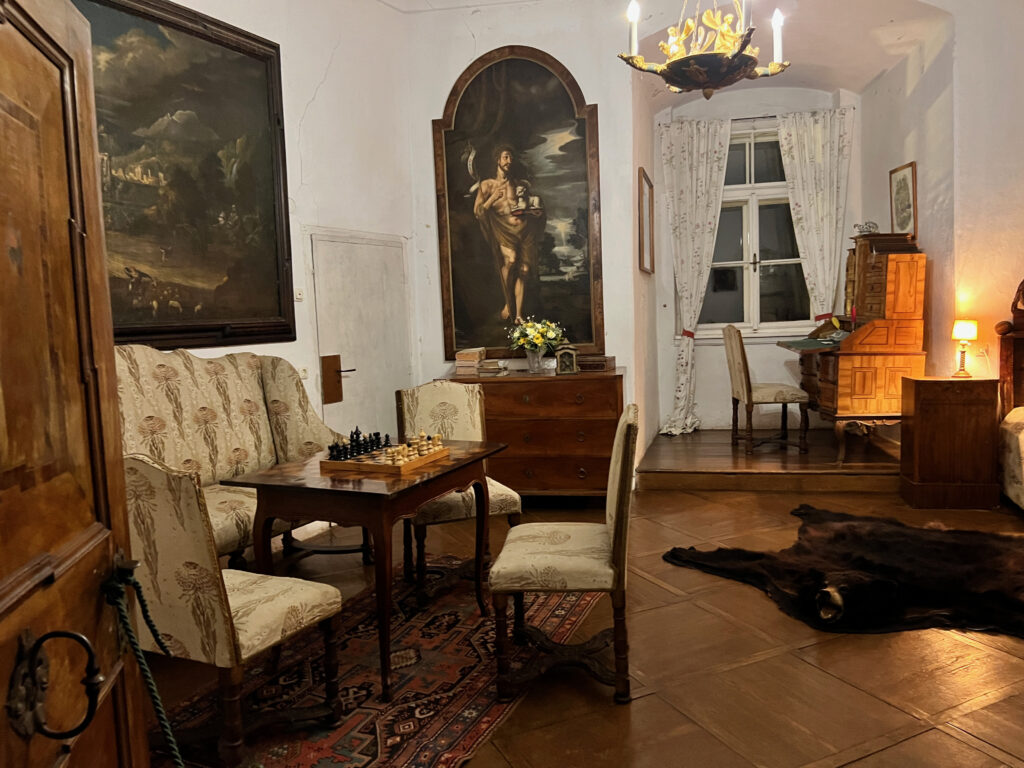
Under the regency of Johann Gottfried of Clam it was possible to renovate the entire castle. He started to transform the functional fortress into a comfortable castle as we see it today. He also built a church, a hospital and water pipes for the citizens of the village.




In the 18th century the wings housing the administration, the coaches and the horse stables were built. Today these wings form the outer yard. Fortunately Clam castle also survived both world wars unharmed. Only the nuclear shelter, built in one of the castle’s cellars, is a reminder of the 20th century.
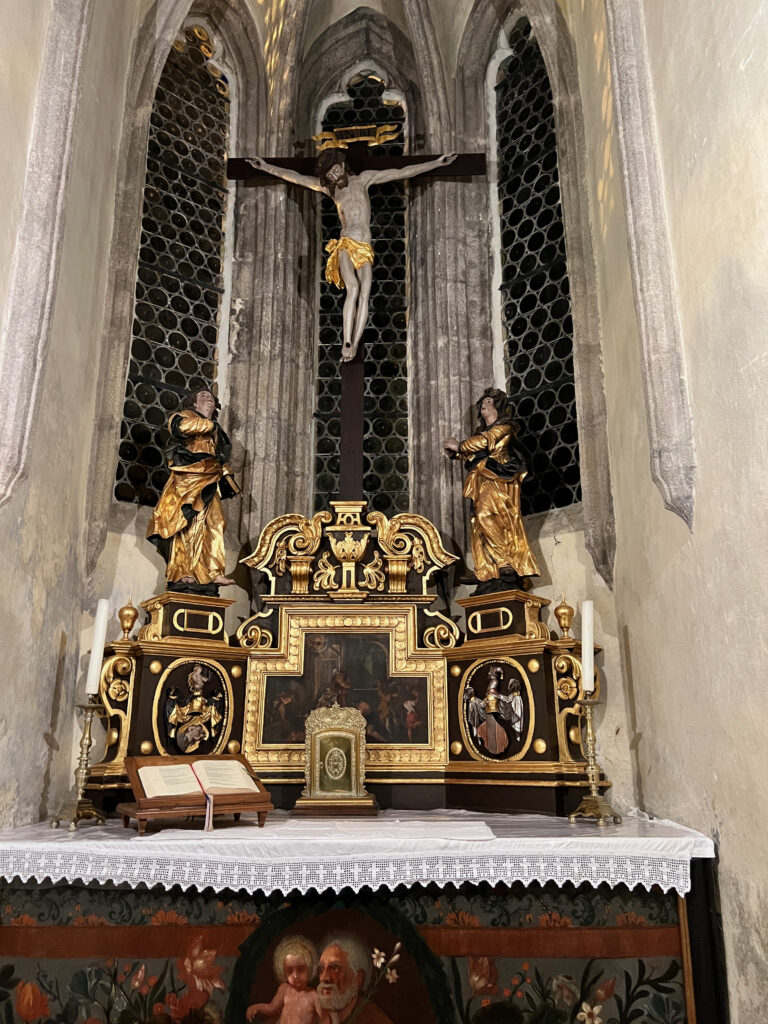

Besides the Castle the estate includes several farmhouses, a riding school, a hydropower plant, farmland and forests.


Follow in the footsteps of the ancestors and gain better insight into life in a medieval castle as you learn about the history of the Counts of Clam who have been living here for over 550 years. The highlight of the tour had to be meeting the current Count of Clam – the 17th generation of the family to hold passion of the place.


Educated in Vienna, he spent time working for a hydro-electric firm based in the US before returning to take his place at the helm of the Castle.

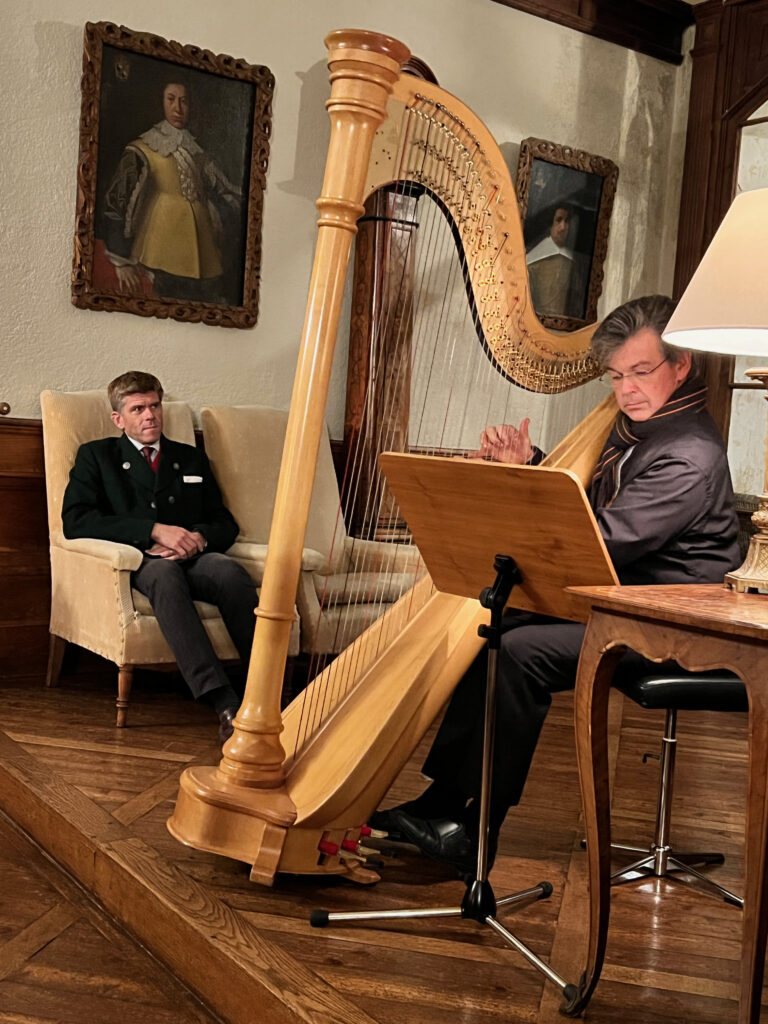
Since taking over, the Castle has continued to be improved, opened for tours and provides a venue for music concerts on the grounds.

It was a memorable time for sure and one that would not have happened without the help of Barbara who put all the special events together for this Mystery Cruise.
#ExploreUniWorld